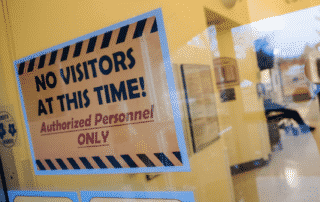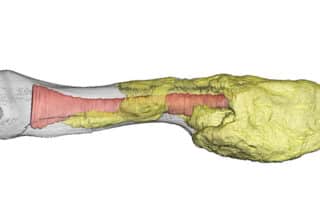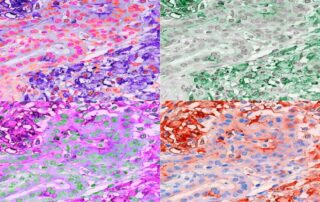Robotics surgery may improve outcomes in mouth and throat cancer
Source: eandt.theiet.org Author: E&T editorial staff Robotic surgery may improve the health outcomes in mouth and throat cancer patients, including better long-term survival, new research suggests. The method used for the study focused on oropharyngeal cancer that occurs in the back of the throat and includes the base of the tongue and tonsils. In transoral robotic surgery, a surgeon uses a computer-enhanced system to guide an endoscope – a flexible tube with a light and camera attached to it – to provide high-resolution, 3D images of the back of the mouth and throat. Naturally, this is an area that is difficult to reach with conventional tools; therefore, robots can be used during this procedure. Here, two robotically guided instruments, acting as a surgeon’s arms, work around corners to safely remove tumours from surrounding tissue. The observational study, conducted by non-profit Los Angeles hospital Cedars-Sinai, used data from the US National Cancer Database and included 9,745 surgical patients – 2,694 of whom underwent transoral robotic surgery between 2010 and 2015. “At a minimum, robotic surgery for oropharyngeal cancer patients seems safe and effective compared to what’s been the standard of care for many years,” said Zachary S Zumsteg, assistant professor of Radiation Oncology at Cedars-Sinai, referring to standard surgery, radiation therapy, and chemotherapy. The researchers found that the five-year overall survival rate for patients with early-stage disease who underwent robotic surgery was 84.5 per cent, compared with 80.3 per cent for patients who had non-robotic surgery. They adjusted for differences in [...]



